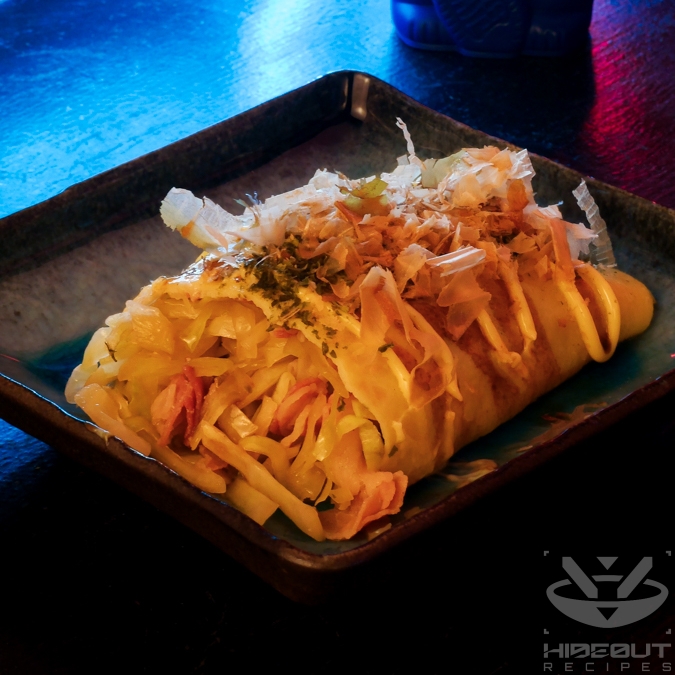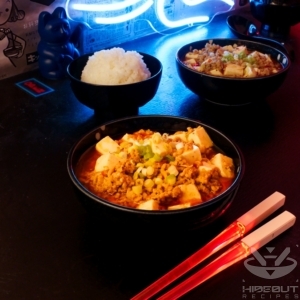A savory omelet stuffed with cabbage and bacon, and sprinkled with some of the best toppings Japan has to offer. Quick and easy to make, Tonpeiyaki is a great snack for two, or a meal for one.
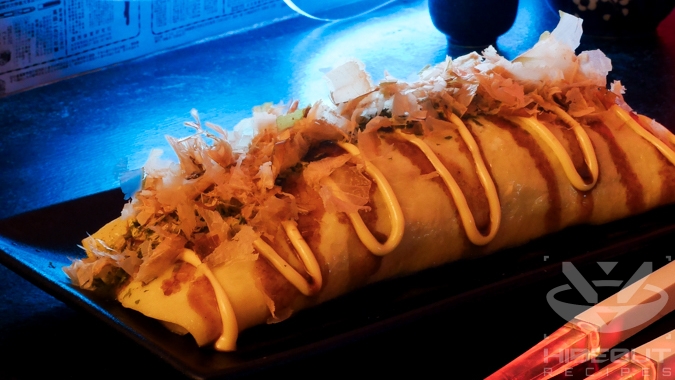
I could eat a ton of that peiyaki.
A Patron
Tonpeiyaki is reminiscent of other Osaka staples such as Takoyaki and especially Okonomiyaki, but lighter due to the absence of batter. Said to be inspired by Russian blini, the egg basically functions as a pancake that the filling is wrapped in. I don’t know why it’s seemingly less famous outside of Japan, as it tastes fantastic and is very easy to make at home.
Epic bacon time
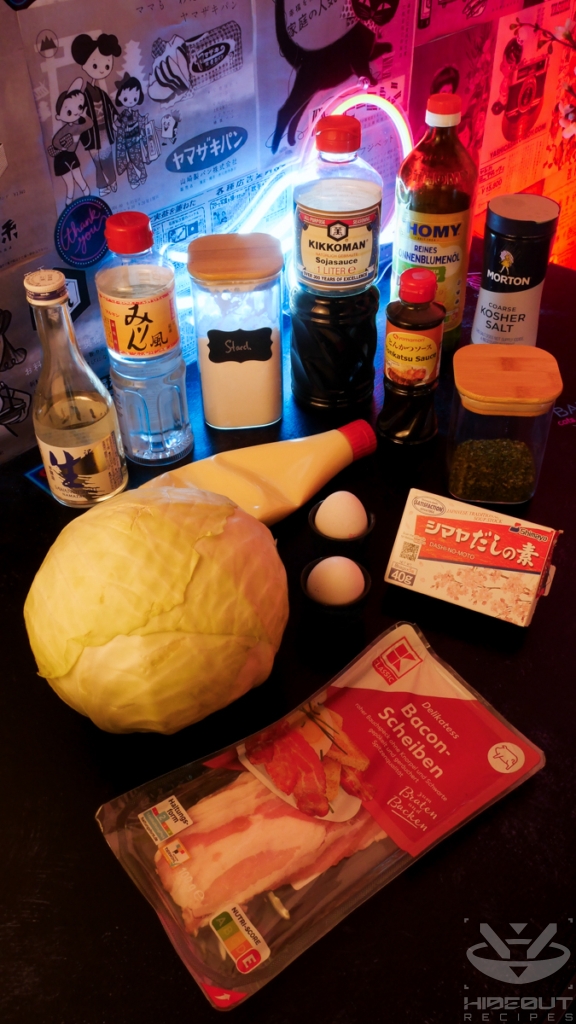
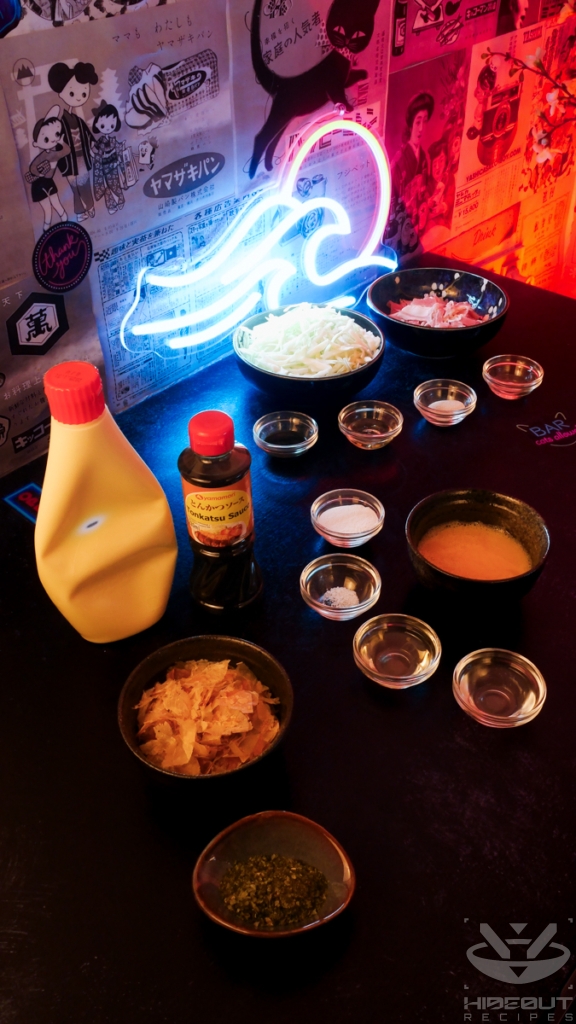
Even though the “bacon is the best” meme is well and truly dead, I think it holds true in this context. Most recipes call for pork belly, which is also great, but I like the extra saltiness of its cured counterpart. I haven’t had the original Tonpeiyaki that is apparently made with pork loin, but I would probably miss the salty, fatty contrast to the cabbage.
Besides the cabbage, bacon, and maybe eggs, you likely already have all ingredients at home if you’re a regular enjoyer of Japanese cuisine. I often make Tonpeiyaki as a quick and easy dish to use up leftover cabbage, having to buy very few extra ingredients.
Wrap battle
Two eggs may seem very little to wrap this amount of filling, but if your pan has about the correct surface area (25cm diameter), it will be exactly right. Neatly wrapping the omelet around the ingredients is the trickiest part of the recipe, but you can easily clean it up if the original move from the pan to the plate didn’t go perfectly.
The default serving amount is more of a snack for two people, or a full meal for one person. Tonpeiyaki works well for breakfast, lunch, and dinner, as well as part of a larger menu.
Recipe credit
Like most of my recipes, I started this one out by basing it largely on an existing one, specifically the RecipeTin Japan Tonpeiyaki recipe. I’ve since practiced it many times, made changes to the ingredients and steps (sometimes very few, sometimes many), and written up as much additional advice as I could based on my own experience.
Just as importantly, I want to shout out my favorite restaurant in all of Japan: Johnny Takoyaki in Osaka! I’ve had some of the best experiences and food in this place, and it’s where I first discovered Tonpeiyaki since it was part of a set menu.
Tonpeiyaki
Equipment
- 1 frying pan ~25 cm surface diameter
Ingredients
For the filling
- 200 g white cabbage
- 100 g bacon strips
- 1 tsp dashi powder
- 1 tsp mirin
- 1 tsp soy sauce
- 1 tsp neutral oil
For the omelet
- 2 eggs medium to large
- 1 tbsp corn starch or potato starch
- 1 tbsp sake
- 1/8 tsp salt
- 2 tsp neutral oil
Toppings
- some Tonkatsu sauce store-bought
- some Kewpie mayonnaise
- some Aonori or thinly sliced scallions
- some Katsuobushi
Instructions
Prepare the filling
- Slice the cabbage into strips about 5mm wide, and about finger length.
- Slice the bacon into bite-sized pieces.
- If using scallions rather than Aonori, thinly slice and set aside for garnish at the end.
- Mix the dashi, mirin, and soy sauce for the filling in a small bowl and set aside.
- Heat up the oil for the filling in a pan over medium high heat.
- Fry the bacon in it for 1-2 minutes, then add the sliced cabbage.
- Sauté for about 5 minutes, until the cabbage is wilted.
- Mix in the bowl of dashi, mirin, and soy sauce.
- Thoroughly stir and transfer the filling to a bowl for later.
- Wipe down the pan with a paper towel to prepare for the omelet.
Make the omelet
- Crack the two eggs into a small bowl and beat until well-mixed.
- In a separate bowl, mix starch, sake, and salt. Stir until all lumps are dissolved.
- Pour the mixture into the beaten egg and mix briefly.
- Add the oil for the omelet to the frying pan and put on medium low heat.
- Pour the beaten eggs into the pan. Tilt the pan so they are distributed across the whole surface, as if you were making a pancake.
- When the surface of the egg is still a little runny, turn off the heat.
- Add the filling from earlier on top of the egg. Distribute it along a line the middle, like a hill from one side to the other. There should be an even amount of space to its left and right sides. They will be folded to cover the filling over the next steps.
- Lift one side of the omelet up with a spatula and flip it onto the filling to partially cover it.
- Now it's time to move the Tonpeiyaki onto the surface on which it will be served, and finish folding it in the process. With the still round (non-folded) side first, slide the omelet out of the pan and flip the filling over it using a spatula from the other side. It should be a fast, but gentle motion. Both sides should now be tucked under the omelet, with the filling and a gap in the egg at the bottom.
Serve
- Generously drizzle Tonkatsu sauce over it in a zig-zag motion.
- Do the same with your Kewpie mayo.
- Sprinkle with Aonori, then with Katsuobushi. Don't skimp, and enjoy!
